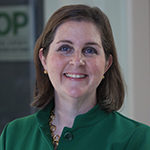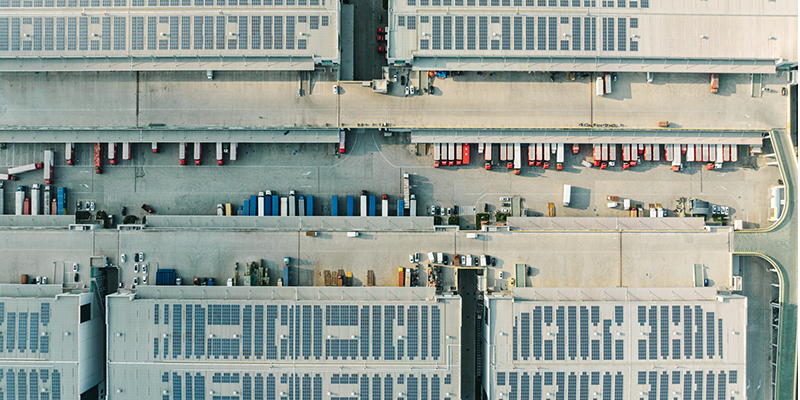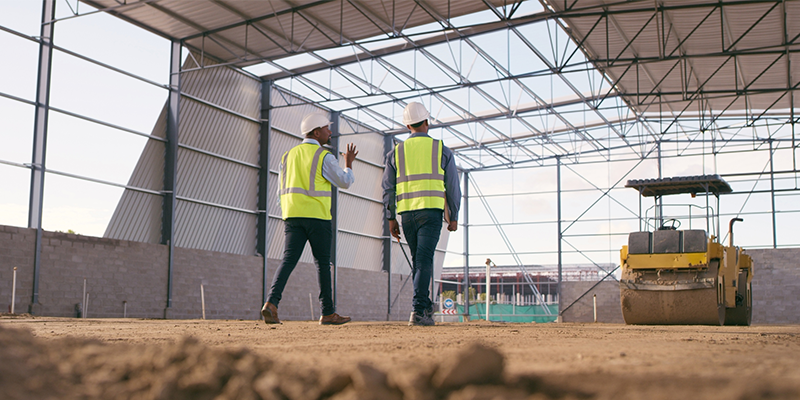By Kathryn Hamilton, CAE
In an era of unprecedented economic complexity, understanding the nuanced landscape becomes crucial for business leaders and investors. In a recent conversation on the NAIOP Inside CRE podcast, Mark Zandi, chief economist at Moody’s Analytics, shared critical insights that can help professionals navigate the current uncertainty.
Here are some key takeaways. Listen to the full podcast episode online.
Labor market dynamics are shifting dramatically. Zandi highlighted a sharp decline in labor force growth, primarily driven by changes in immigration policy. While the number of immigrant workers once grew by 4-5% year-over-year, current trends show a negative trajectory. This shift has profound implications for job markets, potentially constraining economic expansion and creating wage pressures.
Policy uncertainty is the new economic constant. From trade regulations and tariffs to immigration reforms and tax legislation, unprecedented policy volatility is creating a decision-making paralysis across industries. Zandi said businesses are essentially “sitting on their hands,” waiting for clarity before making significant strategic moves. This uncertainty rivals only two previous moments in recent history, he noted: the global financial crisis and the COVID-19 pandemic.
Inflation and trade policy are intricately linked. Zandi predicts tariffs might push inflation from 2.5% to 4%, with significant ripple effects across sectors. For commercial real estate and construction, this means potential increases in materials, labor and overall project costs. The effective tariff rate becomes a critical metric for understanding these economic pressures.
Banking and credit markets require careful navigation. Small banking institutions with high commercial real estate exposure might encounter difficulties, especially if interest rates remain elevated. The rise of private credit offers both opportunities and risks, with potential for more bespoke lending but also increased complexity in corporate debt structures.
Interest rates and refinancing demand a strategic approach. The Federal Reserve is likely to maintain current rates through summer, with potential gradual cuts in the fall. Long-term treasury yields are expected to hover around 4.25% to 4.5%, creating a challenging refinancing environment. Property owners and investors must remain agile, preparing to act quickly when refinancing windows open.
Underlying economic resilience remains strong. Despite challenges, Zandi remains fundamentally optimistic about the U.S. economy’s adaptability. Nimbleness and ongoing entrepreneurial creativity continue to be the economy’s “secret sauce.” This resilience suggests that while the path may be complex, opportunities will emerge for those prepared to navigate uncertainty.
Overall, Zandi says the current economic landscape demands nuanced understanding, strategic patience, and adaptive thinking. By embracing uncertainty as a constant and remaining committed to innovation, businesses can not only survive but potentially thrive in this complex environment.
Listen to the full interview with Zandi on the NAIOP Inside CRE podcast (season 3, episode 9) available on Spotify and Apple.








